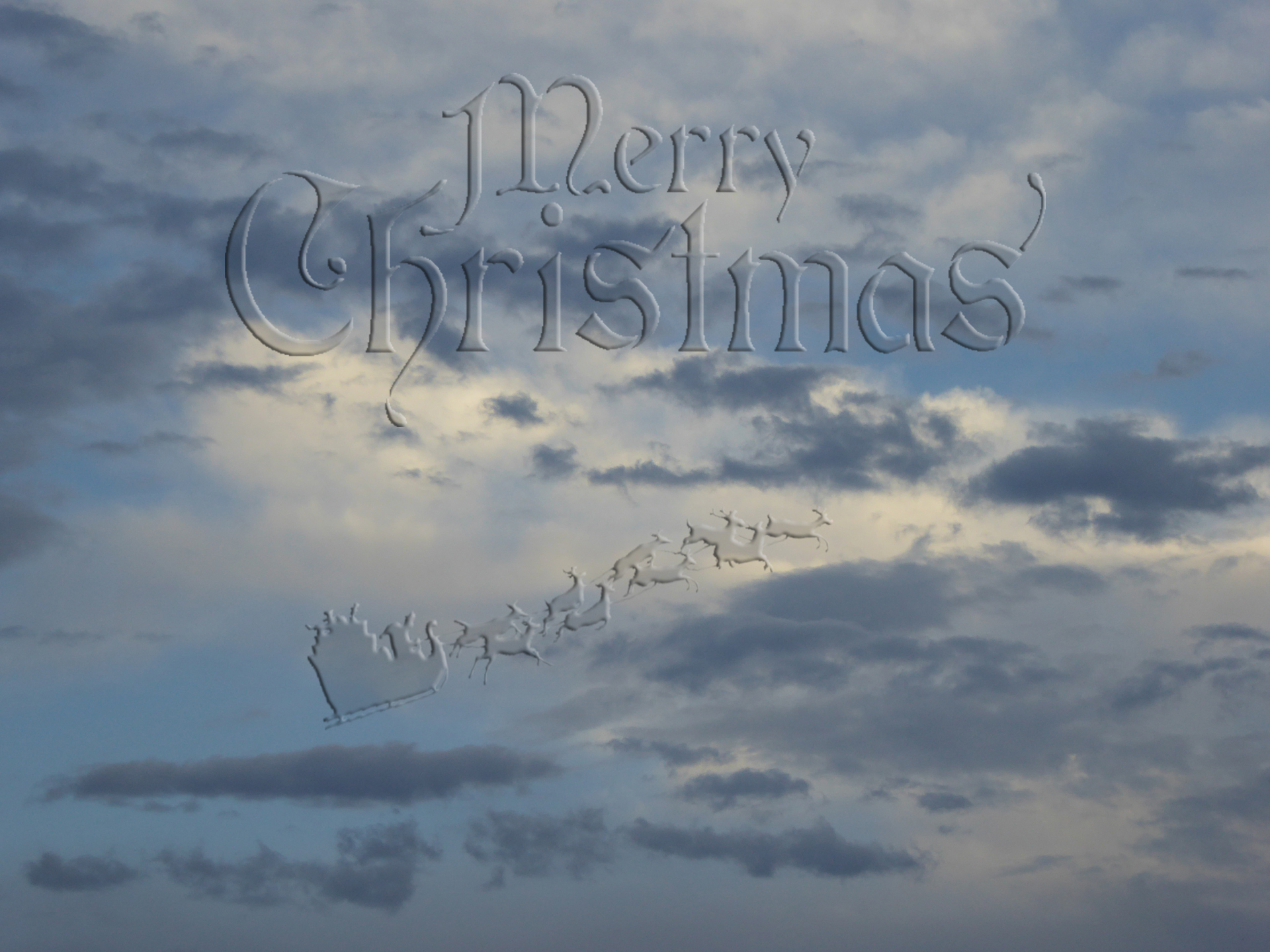
At the dawn of day, the latest lunar eclipse slowly says good-bye. I am glad that after getting up rather early, the clouds allowed me at least a few shots! This one is my favorite so far. During the partial phase of the eclipse, morning gradually breaks and sets a blue background for the spectacle.
During a lunar eclipse, a full moon travels through the Earth’s shadow so that Earth blocks any direct sunlight from illuminating the Moon. As there is still enough refracted sunlight to dimly illuminate the Moon and as small molecules present in Earth’s atmosphere scattered this light, the Moon appears reddish to us. Which is why a lunar eclipse is also called a Blood Moon. While lunar eclipses can be enjoyed more often than solar eclipses at any individual point on Earth, they do not happen every full moon.
This particular lunar eclipse occurred during the second full moon of January 2018 and a second full moon in one month is called Blue Moon. A Blue Moon is rare and only occurs every two to three years. In 2018, there will be another Blue Moon in March, which only happens about three to five times a century.
And this full moon was also almost a Supermoon. As the Moon’s orbit around Earth is slightly elliptical, the Moon is sometimes closer to Earth and sometimes farther away. When it is closer to Earth, is seems bigger and brighter and is called a Supermoon. January’s first full moon was a Supermoon and this full moon still looked bigger than an average full moon.




